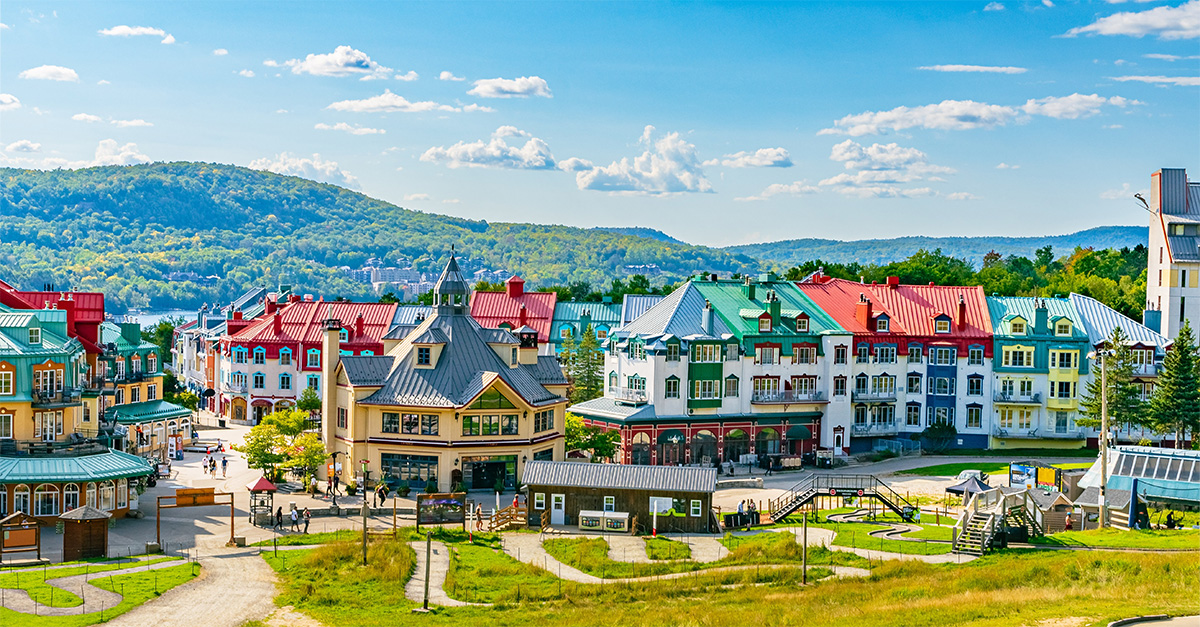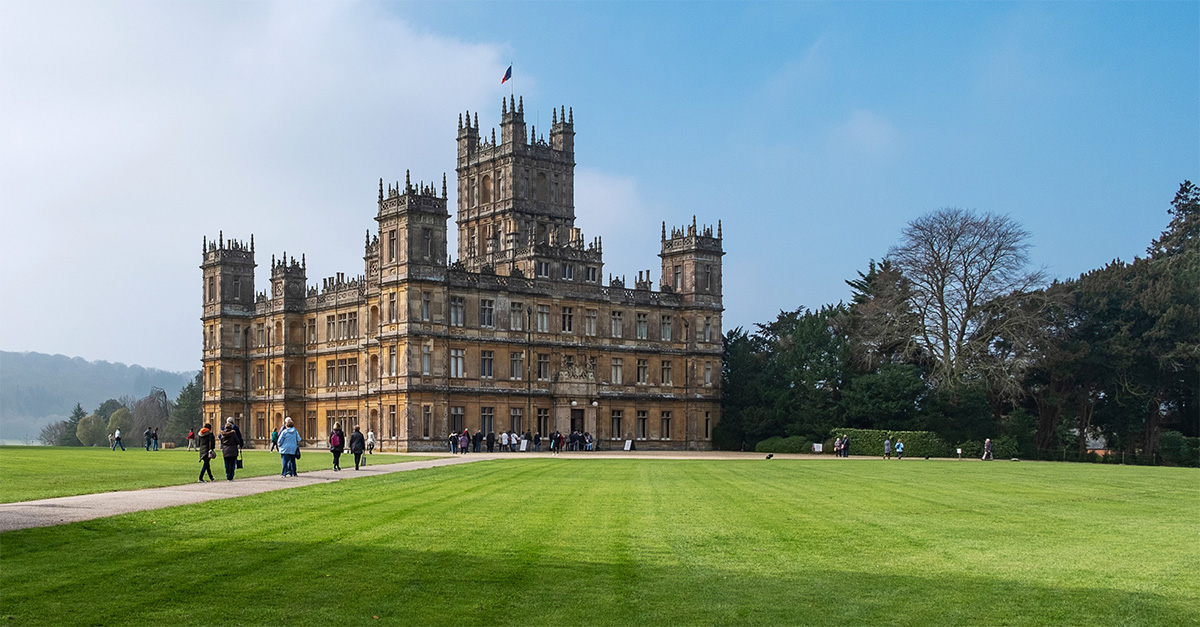Don’t skip straight to the Galapagos without getting to know Quito, writes Tamara Hinson.
Click here to download and save as a PDF.
The number of visitors to the Ecuadorean capital of Quito is rising – and they’re no longer heading straight to the Galapagos. Instead, they’re taking time to appreciate its fantastic architecture, sample its wonderful food scene and explore the cloud forests within easy reach of the city. And to stand on either side of the equator, just outside Quito’s centre.
It’s a great time to visit – this year is the city’s 40th anniversary as a Unesco World Heritage Site, and a new metro system, set to be unveiled in 2019, will make exploring this South American gem even easier.
Day one
08.00: Get your bearings with a wander around Plaza de la Independencia, in Quito’s old town. This beautiful square is surrounded by Quito’s most important buildings: the cathedral, the Archbishop’s Palace, Municipal Palace and Presidential Palace. Talk nicely to the guards outside the presidential residence and they’ll let you inside the gates to pose for a selfie next to the soldiers at the palace’s entrance.
“Talk nicely to the guards outside the presidential residence and they’ll let you inside the gates to pose for a selfie.”
If jet lag hits, head to the cafe inside Hotel Plaza Grande. For added wow factor, order the Los Corridos (traditional, homemade ice cream). The lights will dim, bells will chime and a purple cloak-wearing cucurucho (penitent) will deliver your dessert, served atop a smoking bowl of dry ice.
plazagrandequito.com
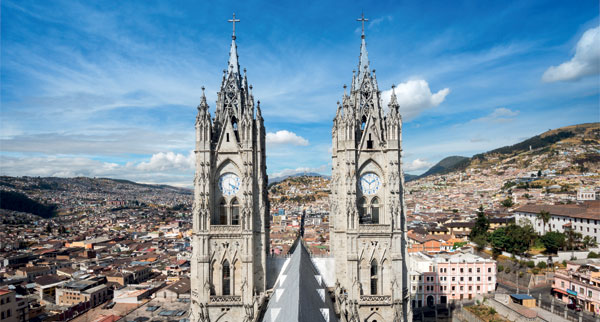
09.00: Quito’s altitude, at 9,350ft, means it’s best to take things easy on day one, and luckily, some of the city’s most beautiful churches are close to the main square. Start with Quito Cathedral, completed in 1806, 246 years after work began. This explains the mixture of styles – there are beautiful gothic arches, a baroque altar and a neoclassic choir. For a bit of bling, check out the nearby La Compañía de Jesús – seven tonnes of gold adorn the interior of this enormous church.
“En route back to Plaza de la Independencia, keep an eye out for the piñata shops, which fill this part of Quito.”
10.00: See how locals shop with a visit to the nearby Mercado San Francisco. You’ll find everything from toys to hardware in this huge market, although the fresh produce stalls aren’t for the squeamish (you’ll see cows’ tails and entire pigs’ heads). Equally fascinating is the medicinal herbs section. Locals come to meet herbal healers who will identify their ailment before cleansing them. After being diagnosed, the customer enters a curtained booth and strips naked, before the healer beats them with sprigs of the prescribed herb. En route back to Plaza de la Independencia, keep an eye out for the piñata shops, which fill this part of Quito. They come in all shapes and sizes – popular options include Minions and (presumably for more mature customers) beer cans.
11.00: Satisfy hunger pangs at Casa Gangotena, a restaurant tucked inside a restored mansion overlooking Plaza San Francisco. Recommend the bonitísimas (corn patties made with quinoa and trout) or one of the restaurant’s legendary ceviches. Try El Origen, which hails from Ecuador’s Manabí province, and is served with avocado and peanuts.
casagangotena.com
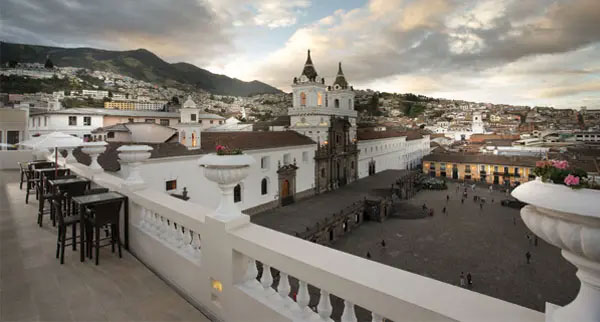
12.00: The middle of the day is the perfect time to visit the middle of the earth. To complicate things, Quito has two. For years, tourists flocked to the government-funded Middle of the World Park to stand on a line said to be the highest point on the planet’s midpoint, at zero degrees latitude. Unfortunately, it wasn’t – something which came to light when a GPS-equipped tourist pointed out that the real thing was a few hundred metres away. Bizarrely, the government-funded version still stands, complete with souvenir shops and signposts listing distances to Paris and London. The real Middle of the Earth, a few hundred metres away, is infinitely more interesting. Knowledgeable guides lead tours of the site, which includes a replica of an indigenous village. At the equator line, they conduct fascinating experiments, including one that proves that water drains in opposite directions either side of the midpoint.
14.00: A 20-minute drive from Quito will take you to the Pululahua volcano. Its crater is home to a small (and brave) farming community, and the area, known as the Pululahua Geobotanical Reserve, has a wide range of wildlife, including spectacled bears and several species of big cat. If energy levels dip after a stroll around the slopes, make a beeline for El Cráter restaurant, which teeters on the rim, for some cocoa tea.
elcrater.com
“At the equator line, they conduct experiments, including one that proves that water drains in opposite directions either side of the midpoint.”
15.00: Head to the nearby Yunguilla community for a tour of this rural village. The 50 families practise sustainable farming, help reforest the surrounding area and maintain camera traps set up to monitor wild animals. Arranging a tour with community members is easy, but homestays are also possible, and a new restaurant is expected to attract even more tourists.
maquipucuna.org/yunguilla
19.00: Back in Quito, admire the view from Vista Hermosa, a rooftop restaurant in the city centre. Getting there is half the fun – enter on the ground floor and a waiter will escort you to the antique lift, before closing the grille and sending you skywards. Food has an international flavour and there’s regular live music.
vistahermosa.ec
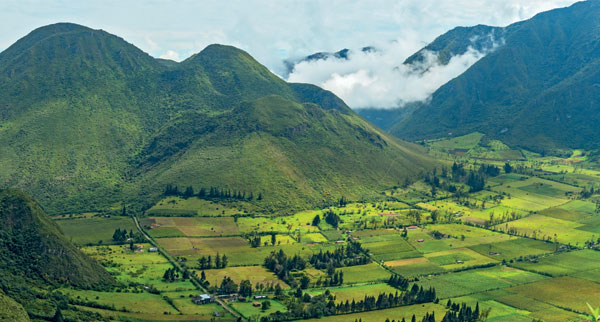
Day two
08.00: Rise early for the spectacular journey to the Rosadex rose farm, a two-drive north from Quito. En route you’ll enjoy breathtaking views of several volcanoes, including Imbabura. A visit to Rosadex provides a fascinating insight into the world of roses: there are ski lift-like machines to whisk freshly-cut flowers from greenhouse to cutting room, and the blooms come in an array of colours. Some even have petals in different, brightly-coloured hues – often the result of artificial tinting, although Rosadex also produces genetically modified roses.
rosadex.com
11.00: Press on to Otavalo in the Andean highlands (there’s a regular bus service from Quito’s Carcelén terminal). The town is famous for its daily market. Hundreds of stalls sell everything from ponchos and tablecloths to jewellery and children’s toys. Popular items include knitted finger puppets and wooden bowls. Bartering is expected, to an extent – aim for a discount of about 20%.
“The views are breathtaking and you can hike to the crater’s rim, although most visitors opt for a short walk along the trails.”
15.00: Back in Quito, head to the Telefériqo gondola on the city’s outskirts. By now you should have acclimatised enough to enjoy the ride up the eastern side of the Pichincha volcano. You’ll enjoy beautiful views of the other volcanoes that surround the city, including Cotopaxi, one of the world’s highest active volcanoes. However, it’s still advisable to take it easy. The altitude of the uppermost gondola station, at a lofty 13,450ft, is the reason this isn’t an activity for day one. The views are breathtaking and you can hike to the crater’s rim, although most visitors opt for a short walk along the trails that fan out from the gondola station – even this can leave you gasping for air.
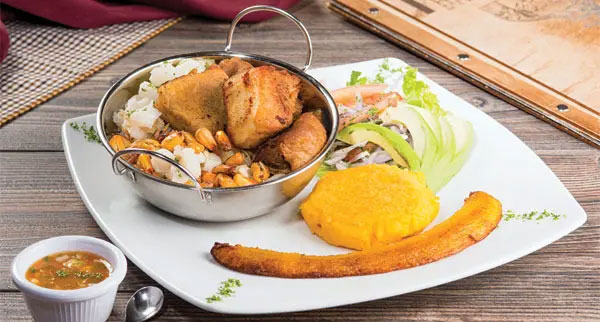
18.00: Head to Urko, an award-winning Quito restaurant famous for giving traditional, Ecuadorian cuisine a modern twist. If you can, grab a seat by the open kitchen. One of the most popular dishes is the ceviche jipijapa – octopus marinated in citrus juice.
urko.rest
20.00: Raise a toast to Quito at Misquilla. It’s one of the city’s top live music venues, and a restaurant and bar. There’s live music most nights and if you’re lucky, you’ll catch one by owner Juan Fernando Velasco, famous for his romantic ballads. Arrive early for a pre-show cocktail or to sample one of Misquilla’s delicious desserts.
Ask the expert
“Often used as a gateway to the Galapagos, Quito is regularly bypassed by travellers looking to explore further afield, but Ecuador’s capital shouldn’t be missed. Set high in the Andes and enclosed by dramatic mountain peaks, Quito is an energetic city brimming with market stalls, bustling bars and a refined gastronomic scene. The highlight is the old town, which showcases its colonial past with 17th-century facades and pretty plazas.”
Sarah Ahern, Polar & Americas product manager, Exodus
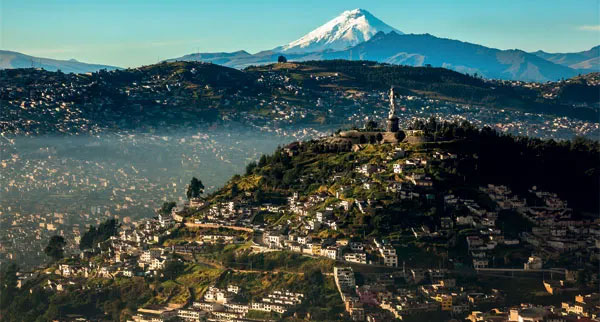
Sample product
Cox & Kings offers an eight-night superior group tour, Ecuador & Galapagos Experience, combining Quito and the Avenue of the Volcanoes with time in the Galapagos, from £4,295, including flights.
coxandkings.co.uk
Exodus offers a 15-day Andes to Amazon package, which visits Quito and Otavalo market, plus the Unesco-listed town of Cuenca and the Amazon rainforest, with journeys on the Devil’s Nose train and a mangrove boat trip. From £2,799 per person, including flights.
exodus.co.uk
Read more
Lesser-known vibrant festivals in Latin America
How to spend 48 hours in Peru’s capital, Lima
Exploring the natural beauty of Nicaragua


